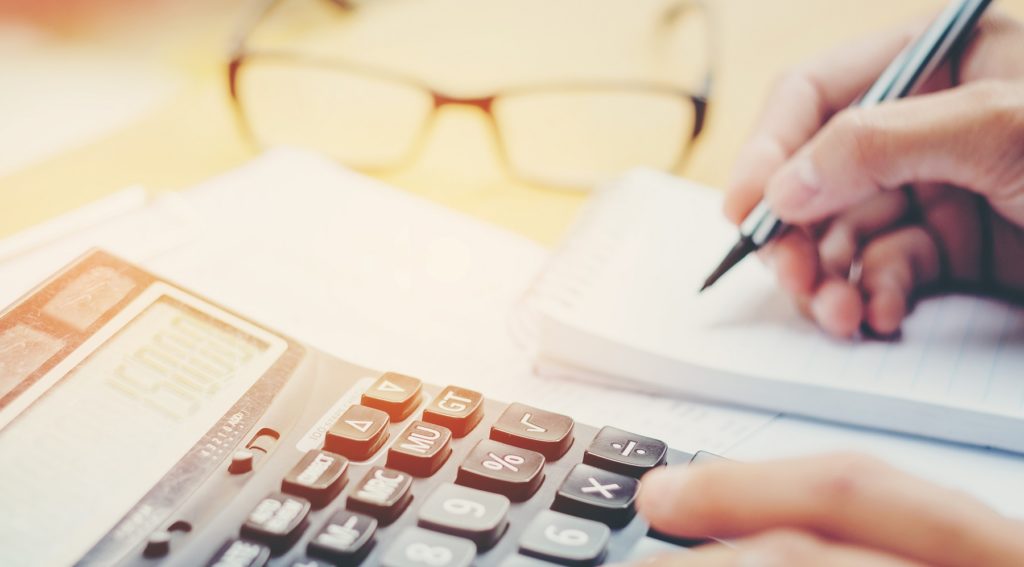Whilst Making Tax Digital (MTD) is not new to those who are VAT registered, you may not be aware that this will become an obligation for businesses and landlords (with a gross income in excess of £10,000) for income tax purposes with effect from 6 April 2024.
This may feel some way off into the future, but being over halfway through 2022 already, accountants are conscious that this deadline is in fact fast approaching. Making Tax Digital for Income Tax (MTD for ITSA) poses perhaps the biggest change to Income Tax since the introduction of Self Assessment.
At M+A Partners, we want to ensure all those impacted are prepared ahead of the 2024 deadline and our team are focused on how we can make the transition as smooth as possible.
Whilst we await further information from HMRC, we have put together an overview covering all that we know so far about MTD for ITSA.
Signing up to MTD for ITSA
Making Tax Digital means using digital record keeping to report earnings to HMRC and sending summary updates of your business income and expenditure, instead of filing a Self Assessment tax return. The intention is that the updates will create a clearer view of your emerging tax position, helping you to plan ahead and budget for tax throughout the year.
All taxpayers with business and/or property income over £10,000 will need to sign up to the scheme. This means keeping digital records of all business income and expenses, making sure you have software that is compatible with MTD for ITSA, sending business and expenses updates and submitting a final declaration to HMRC.
Calculating gross income
- Your turnover total will be calculated from the figures you report within specific sections of your self-assessment tax return. The level of PAYE income is not taken into account;
- For the first year of MTD for ITSA, turnover will be calculated based on the tax return for 2022-23, which must be submitted by 31 January 2024; and
- If you are a new business/landlord, then you will submit your income for two successive years on your self-assessment tax return before you are mandated into MTD for ITSA.
Reporting requirements
Every three months you will be required to use your compatible software to send a summary of your business income and expenses to HMRC.
- You have a calendar month to submit each quarterly update. The filing deadlines are 5 August, 5 November, 5 February and 5 May;
- A separate quarterly report must be submitted for each self-employment and property business that you operate;
- You must provide information on allowances and adjustments for each self-employment and property business at least once a year, at the end of the accounting period; and
- An End of Period Statement (EOPS) must be completed for each self-employment and property business. The EOPS is linked to the accounting period for each source of income and cannot be completed until the end of the accounting period. You will not need to complete an EOPS until 31 January Year 2.
A final declaration is submitted once the EOPS has been finalised. This declaration will include any business and personal data you need to provide to HMRC to reach your final tax liability for that specific year, including information on non-MTD income sources such as interest and dividends.
How M+A Partners can help
This is just an initial overview of what we know so far about Making Tax Digital for Income Tax. Although we still don’t have all the answers, our professionals are here to advise and support you through the changes that this scheme will bring.
In preparation of the introduction of Making Tax Digital for Income Tax, it is worth giving some consideration now to your existing method of record keeping and whether this will be MTD for ITSA compliant after 5 April 2024. Your usual contact at M+A Partners will be happy to talk through any queries you may have.


